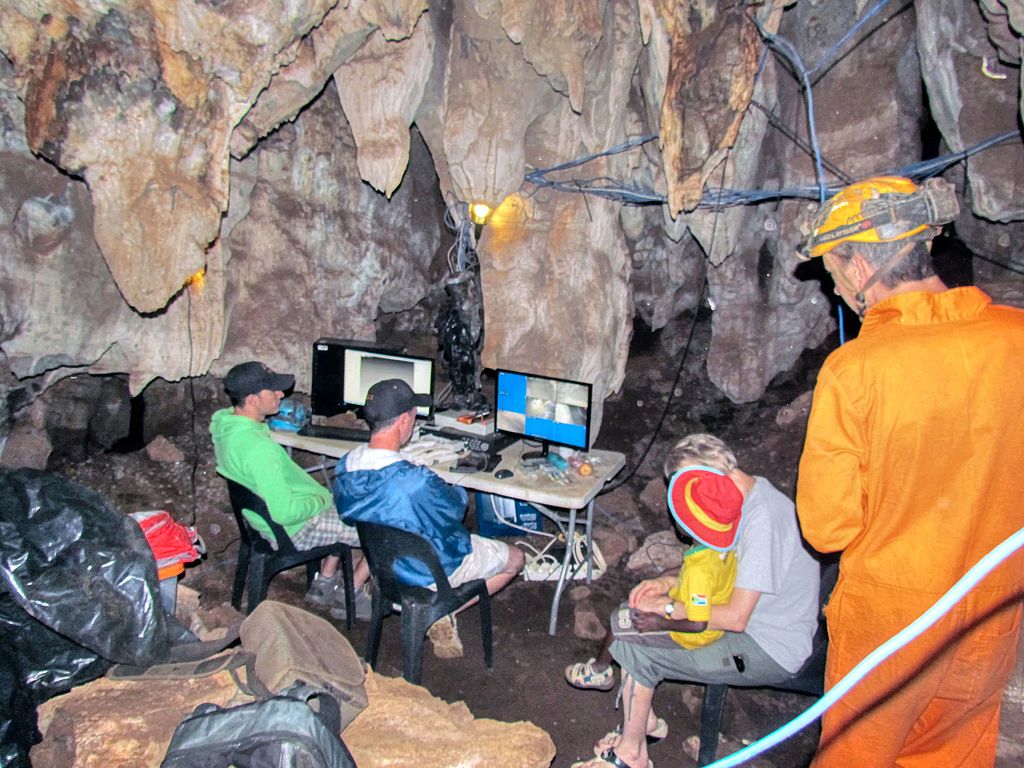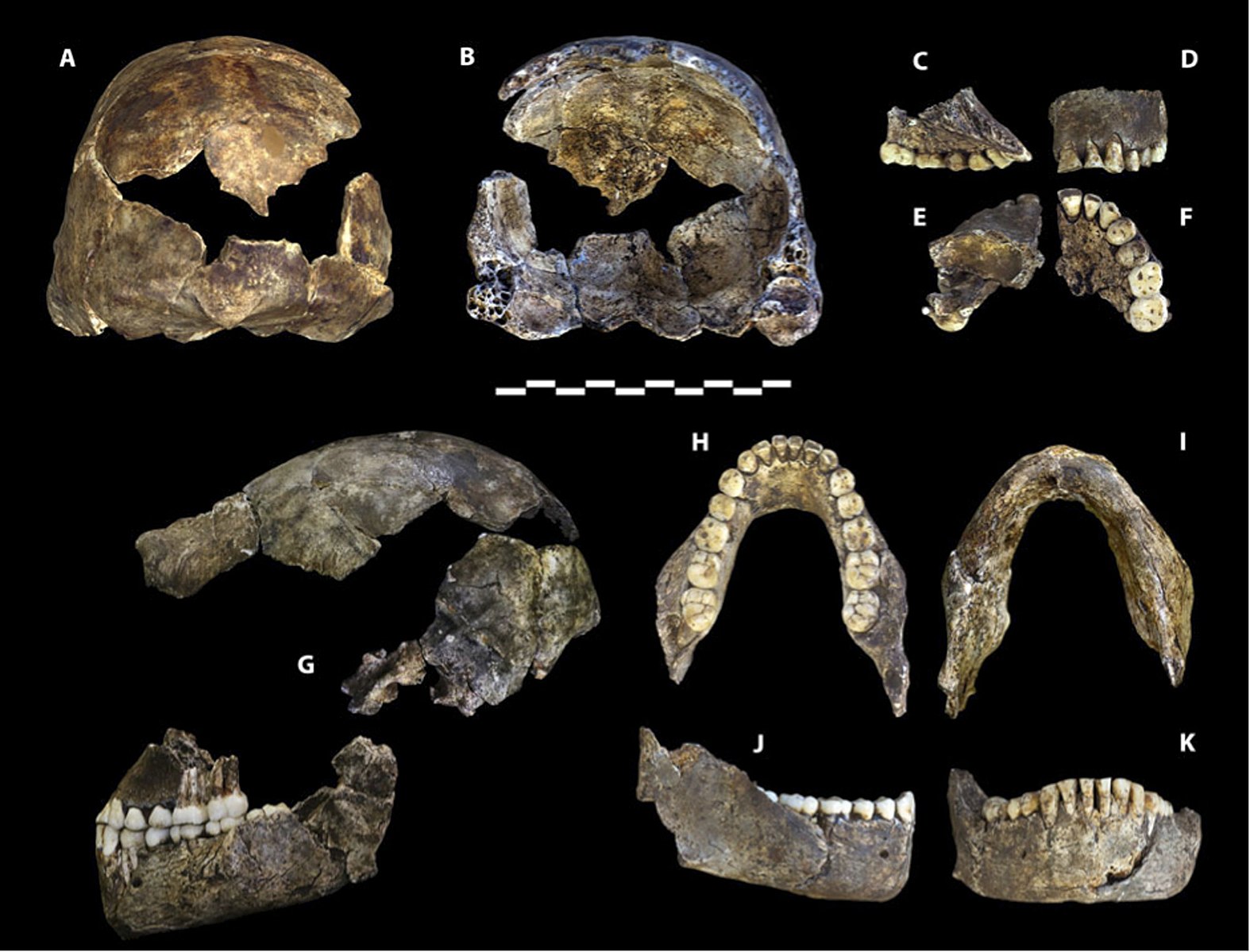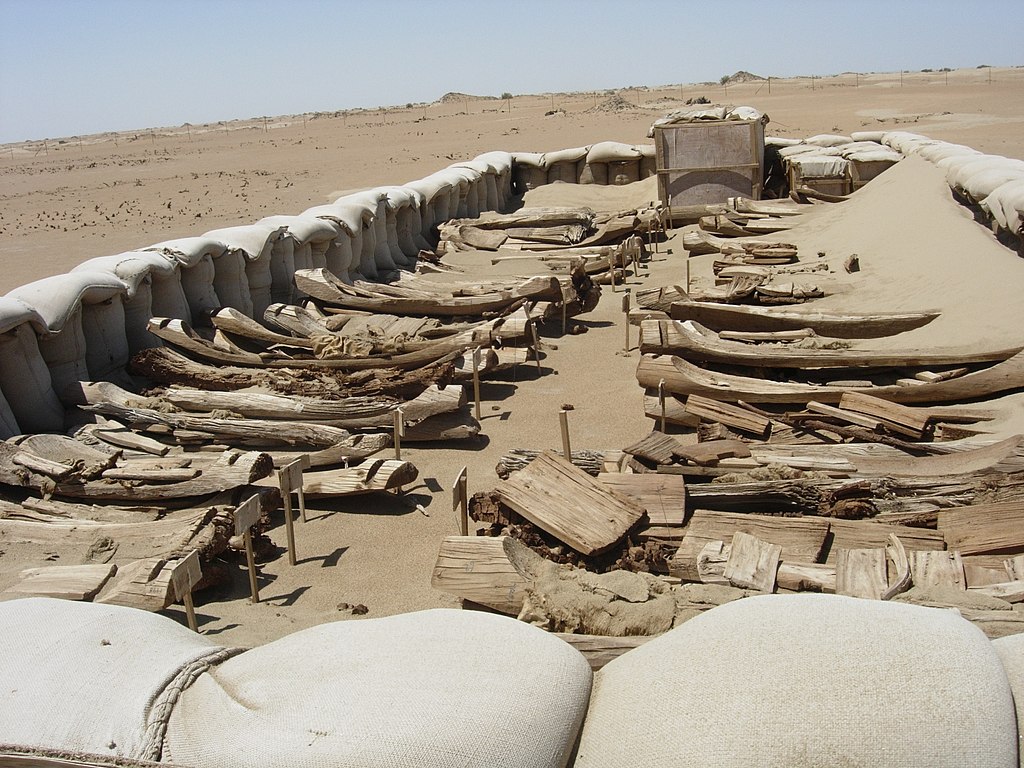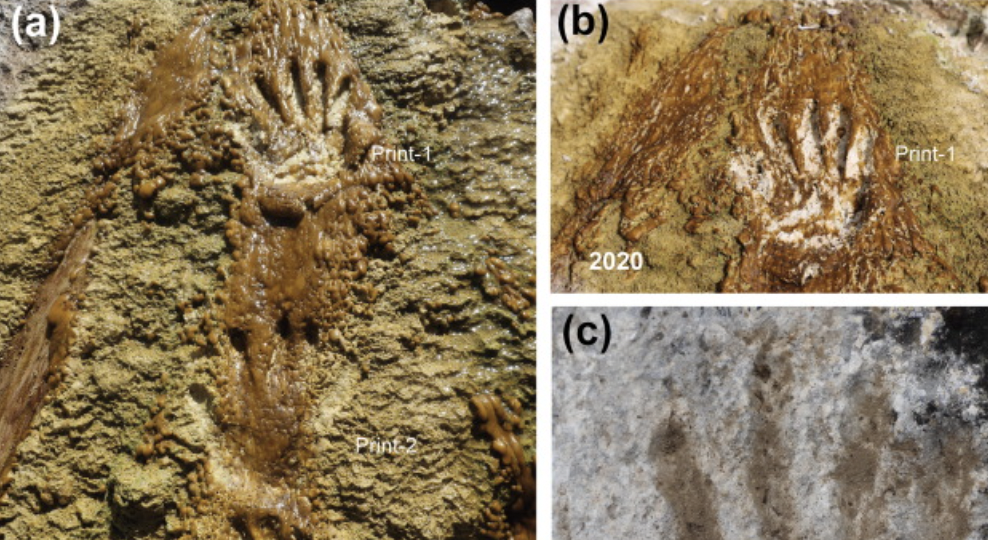Homo naledi: Archaeologists recover the fragmented skull of an elusive species of ancient human

- Researchers found the skull of a juvenile specimen belonging to the Homo naledi species of archaic human.
- Given that the skull was located in a difficult to access part of a cave and showed no sign of injury, some experts entertain the idea that Homo naledi practiced burial rites.
- At the same time, research papers conclude that further study is necessary to defend such statements about our distant relatives.
A logistically exhaustive excavation mission in South Africa’s Rising Star cave managed to unearth the fragmented skull of a small child. This child, which researchers believe to have been between four and six years old at the time of their death, lived between 236,000 and 335,000 years ago. The child, whose gender could not be identified based on the remains, was given the name Leti.
Leti is short for “letimela,” which means “lost one” in the South African Setswana language. It’s fitting, considering her skull lay hidden in the Rising Star cave for hundreds of thousands of years before being discovered. Even when it was, researchers required considerable time and effort to excavate it from Rising Star’s dreadfully narrow and inaccessible tunnel system.
Based on Leti’s remains, researchers were able to figure out that she belongs to a long extinct and considerably elusive species of archaic human known as Homo naledi. According to Juliet Brophy, an associate professor of biological anthropology at Louisiana State University and lead author of a study that analyzed the remains, it’s the first skull of a child Homo naledi ever discovered.
Brophy’s paper was recently published in the academic journal PaleoAnthropology. It appeared alongside another study, one that focused not on the skull but the location in which it was found. The difficulty of extracting Leti’s remains from the Rising Star cave raised questions about how they ended up there in the first place. Unfortunately, these questions have yet to be answered.
The history of Homo naledi
The first Homo naledi specimens were discovered in 2013. In September that year, recreational spelunkers Rick Hunter and Steven Tucker discovered a number of fossils while exploring Rising Star’s Dinaledi Chamber. They then contacted local paleoanthropologists, who in turn excavated the remains of at least 15 individual archaic humans.
Though fossil evidence of Homo naledi is rather plentiful when compared to that of other hominins, their classification within the human family tree has remained up for debate. Notably, they appear to have had much in common with another genus, Australopithecus. On average, they might have stood 4’9” tall and weighed around 88 pounds.

Though cranial capacity was smaller than ours, their brain anatomy appears to have been markedly similar. To some researchers, this suggests Homo naledi might have possessed complex cognitive abilities. Conversely, while they may have been able to manipulate tools, their use of them has yet to appear in the fossil record.
Leti’s skull
If Leti’s remains hold answers to any of the burning questions surrounding her species, those answers have yet to be provided. The only part of her skeleton that survived the test of time was her skull, which researchers assembled from a total of 28 bone fragments. Her age was assessed through her teeth, but since it is unclear how Homo naledi children develop, that is little more than a rough estimate.
That is not to say that Leti taught us nothing. Putting her skull back together, researchers were able to compare it to those of other ancient hominins, including the similarly sized Australopithecus africanus. Measuring the size of Leti’s cranial cavity, they determined that her fully developed brain could have been no larger than 240 cubic inches, which is less than half of that of Homo sapiens.
Though her brain was smaller than that of a modern human’s, the anatomy of her hands was very similar. According to the first paper, her finger bones were locked into a curve. This trait has been associated with climbing. That makes sense, considering her species is believed to have been surprisingly arboreal compared to other hominins.
At the same time, curved finger bones also hint at a species’ ability to create and manipulate tools. Because evidence of toolmaking among Homo naledi is yet to appear in the fossil record, the extent of their intellect remains subject to speculation. However, it does provide the basis for another interesting theory, one that holds that Homo naledi were intelligent enough to stage their own funeral rites.
The enduring mystery of Rising Star
Leti was discovered back in 2017. Her remains were located in one of the remotest, most difficult to access passageways in the Rising Star tunnel system, around 39 feet from where the first Homo naledi specimens were originally found. In order to get to her, excavators had to navigate a fissure that, at its narrowest point, is less than seven inches wide.
Among paleoanthropologists, this fissure is known as the Chute. And, according to a second research paper regarding the study of Leti that mapped out the entirety of Rising Star, it is the only access point to the section of the cave in which she was found. Considering how difficult getting to Leti was, experts wonder how the child ended up there in the first place.
One explanation is that Leti’s remains were carried into this section of the cave by a predator or scavenger. However, given that her skull exhibits no sign of damage or injury, this probably was not the case. Alternatively, the bones may have been transported to their final resting place via moving water. Strangely enough, researchers found no trace of this either.
Leti’s inaccessible location, not to mention the sheer amount of well-preserved Homo naledi fossils collected at Rising Star, hint at the notion that the cave system may have been used as a burial ground, and that this species of archaic human displayed a surprisingly modern way of parting with their diseased.
At the end of the day, though, experts conclude further research is necessary to defend such lofty statements.





